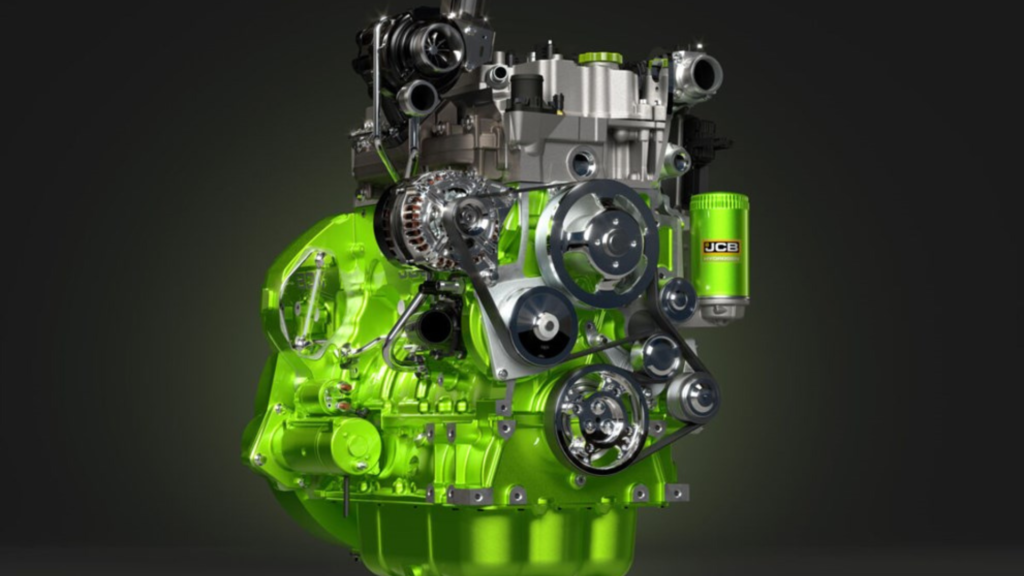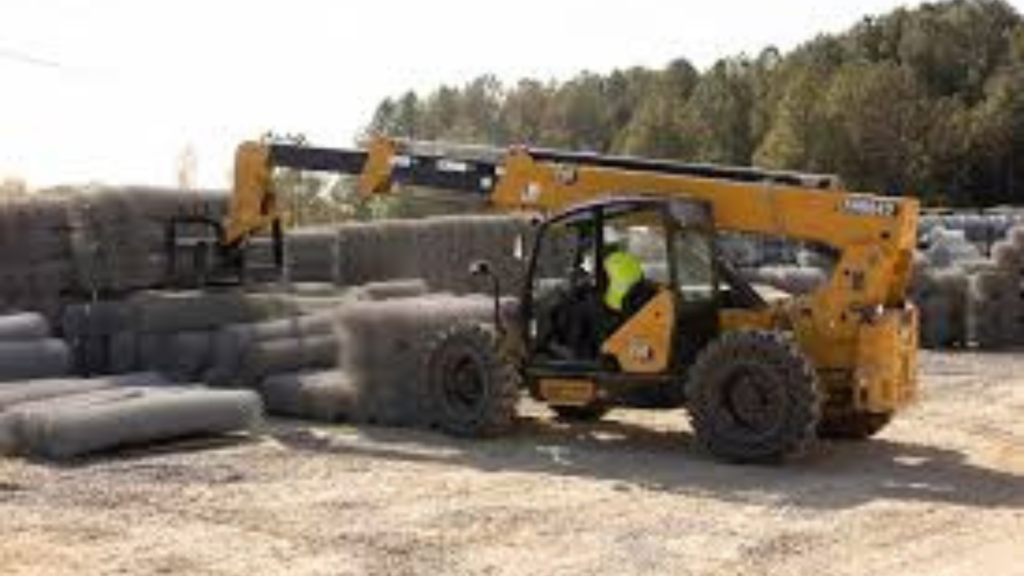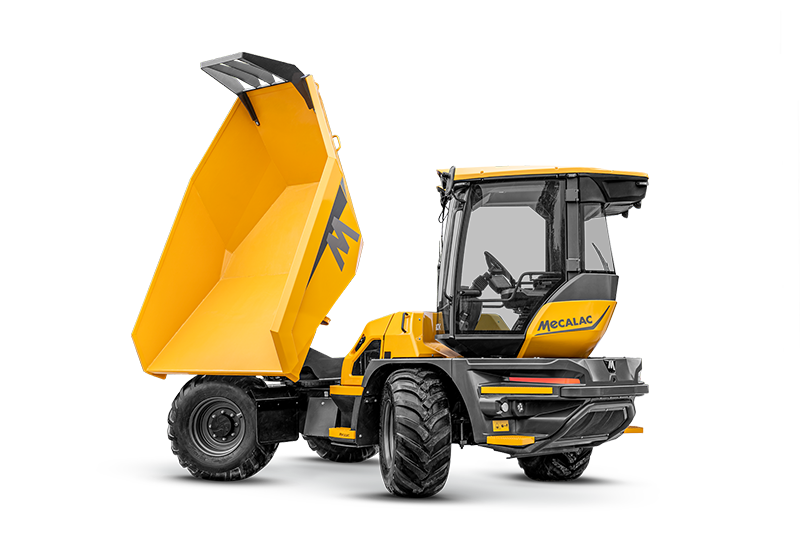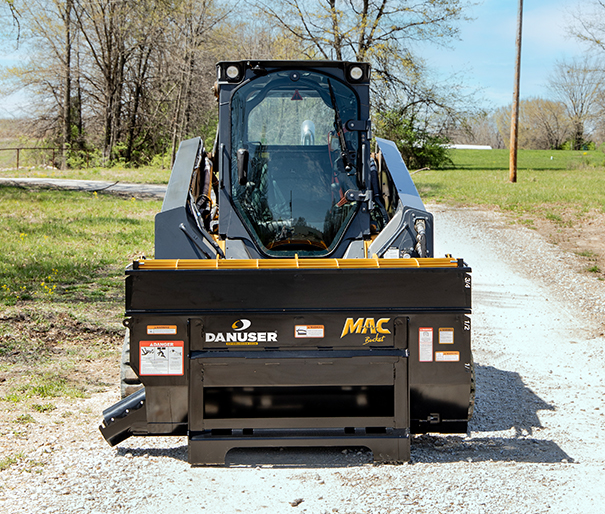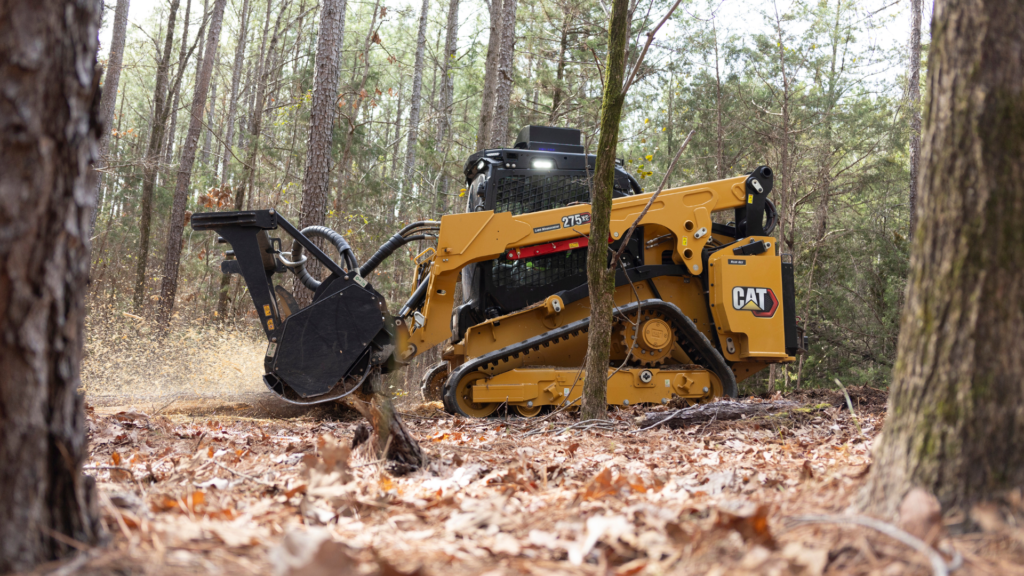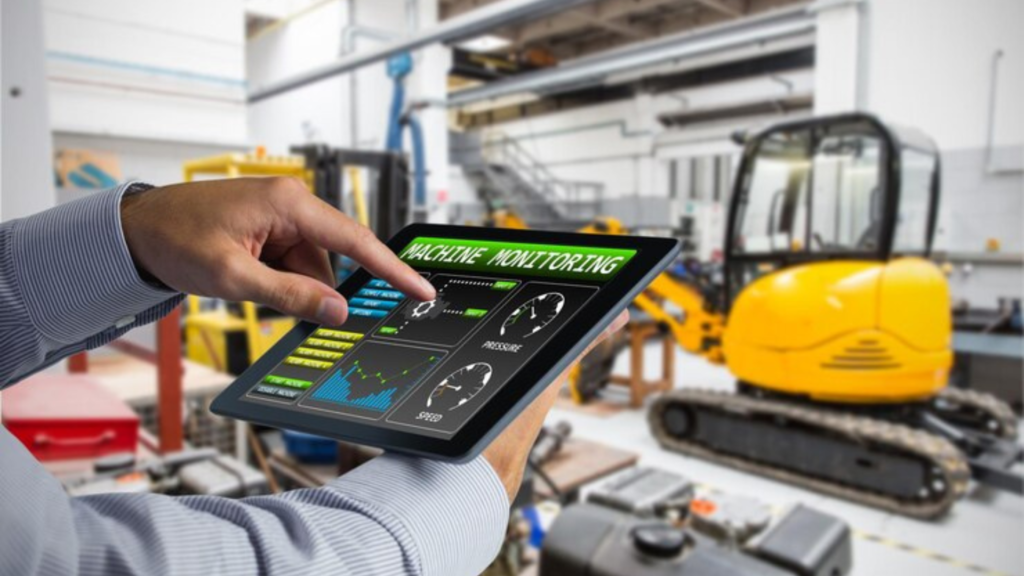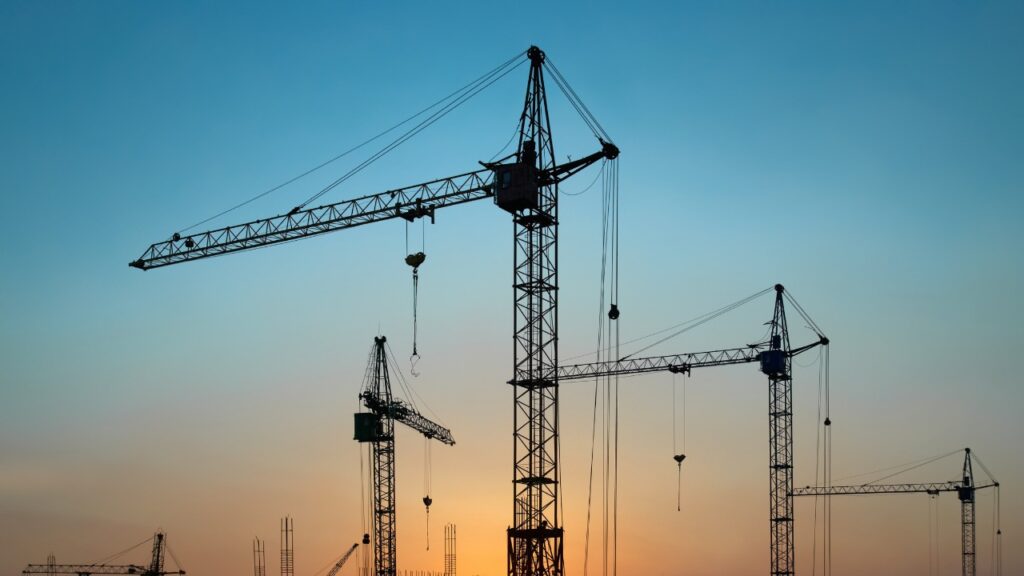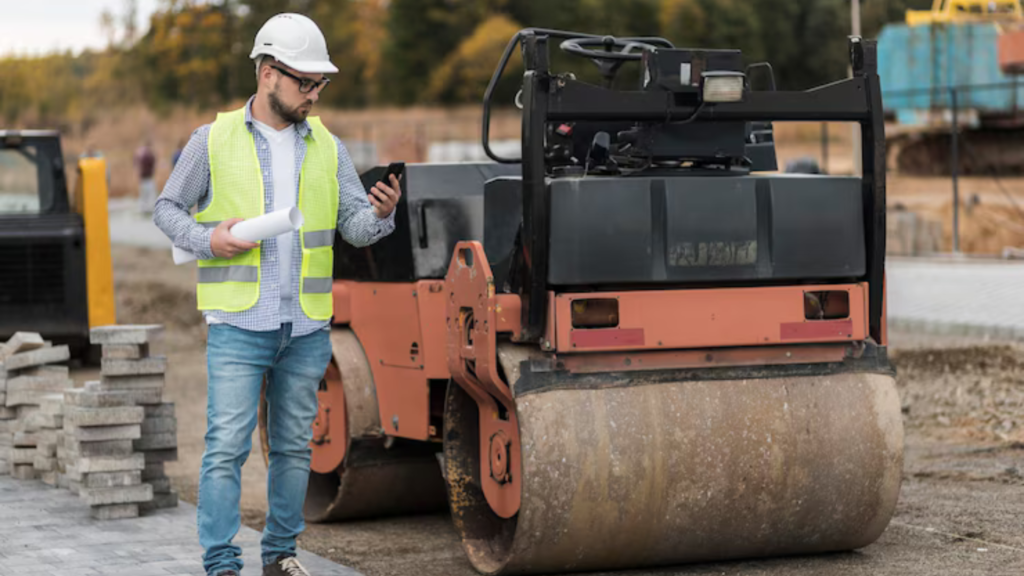JCB’s Hydrogen Engine: Pioneering Green Equipment Production in Europe
JCB has taken a groundbreaking step in advancing sustainable technology with its hydrogen engine which has recently been approved for production in Europe. This development positions JCB as a leader in creating environmentally friendly equipment while addressing the growing demand for cleaner and more efficient industrial solutions. The Innovation: JCB’s Hydrogen Engine JCB’s hydrogen engine is a significant innovation designed to reduce carbon emissions without compromising performance. It operates on compressed hydrogen gas, eliminating the need for diesel or other fossil fuels. With a focus on durability and reliability, the hydrogen engine is ideal for various types of construction and industrial equipment. Key specifications and features of JCB’s hydrogen engine: Zero Emissions: Emits only water vapor, ensuring compliance with stringent European environmental regulations. High Power Output: Comparable to traditional diesel engines, providing robust performance for heavy-duty applications. Fuel Efficiency: Optimized for long operational hours with minimal refueling. Compatibility: Designed to retrofit existing equipment, making it versatile and cost-effective. JCB’s innovative design ensures that equipment powered by these engines can function efficiently, maintaining high productivity while significantly reducing environmental impact. European Approval: A Milestone for Green Equipment The European approval for JCB’s hydrogen engine marks a turning point in the industrial equipment sector. This certification enables JCB to begin mass production and distribution across Europe, paving the way for other manufacturers to adopt hydrogen-powered solutions. This approval aligns with the European Union’s stringent targets for achieving net-zero emissions by 2050. By spearheading this initiative JCB is contributing to the broader adoption of hydrogen as a clean energy source. Why Hydrogen? Advantages Over Traditional Fuels Hydrogen offers several advantages over conventional fuels, especially in industrial applications: Abundant Availability: Hydrogen is one of the most abundant elements, reducing dependency on limited fossil fuel resources. Rapid Refueling: Hydrogen refueling takes only a few minutes, comparable to diesel, making it practical for high-demand industries. Energy Density: Hydrogen provides higher energy per kilogram than many conventional fuels, supporting long operational hours. No Greenhouse Gas Emissions: When used as a fuel, hydrogen releases only water vapor, contributing significantly to cleaner air. Applications: Transforming the Equipment Industry JCB’s hydrogen engine is set to revolutionize the construction and agricultural equipment industry. Potential applications include: Excavators and Loaders: Ensuring zero emissions on construction sites. Agricultural Machinery: Supporting sustainable farming practices. Transport Vehicles: Providing a cleaner alternative for material transport. With its scalable design, JCB’s hydrogen engine can be integrated into various types of equipment, broadening its impact across industries. Industry Response and Future Prospects The global industrial equipment market has responded positively to JCB’s innovation. Experts see this as a pivotal move in accelerating the shift to hydrogen-based solutions. According to a report from Construction Equipment the hydrogen engine is expected to set new benchmarks for sustainability and efficiency. Moreover, JCB has announced plans to invest further in hydrogen infrastructure including the development of refueling stations and supply chains. This comprehensive approach ensures the long-term success and adoption of hydrogen-powered equipment. Conclusion: A Green Revolution in Equipment JCB’s hydrogen engine represents a bold step toward sustainable industrial operations. By combining advanced technology with practical applications, the company is addressing global environmental challenges while meeting industry demands for reliable and efficient equipment. With its European approval and focus on innovation, JCB is setting the stage for a cleaner and more sustainable future, not just in Europe but globally.
JCB’s Hydrogen Engine: Pioneering Green Equipment Production in Europe Read More »
